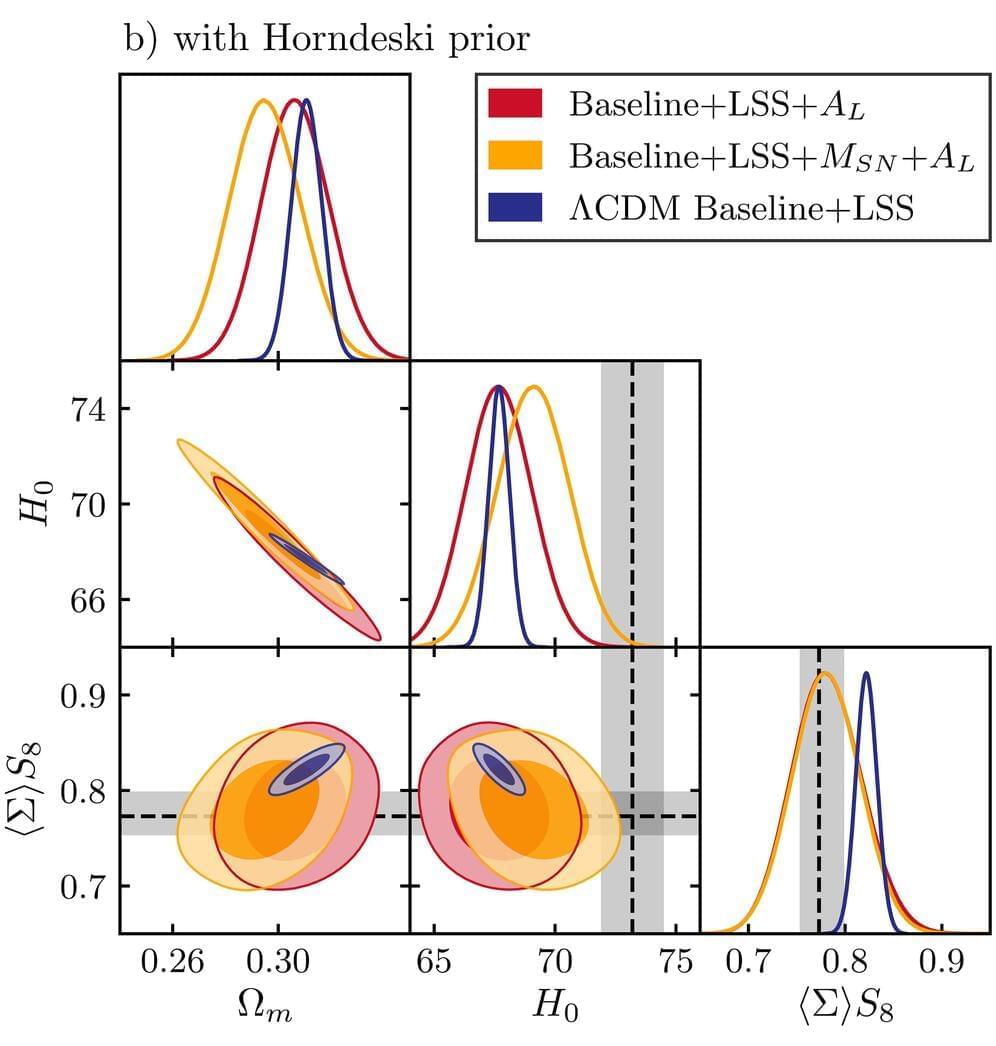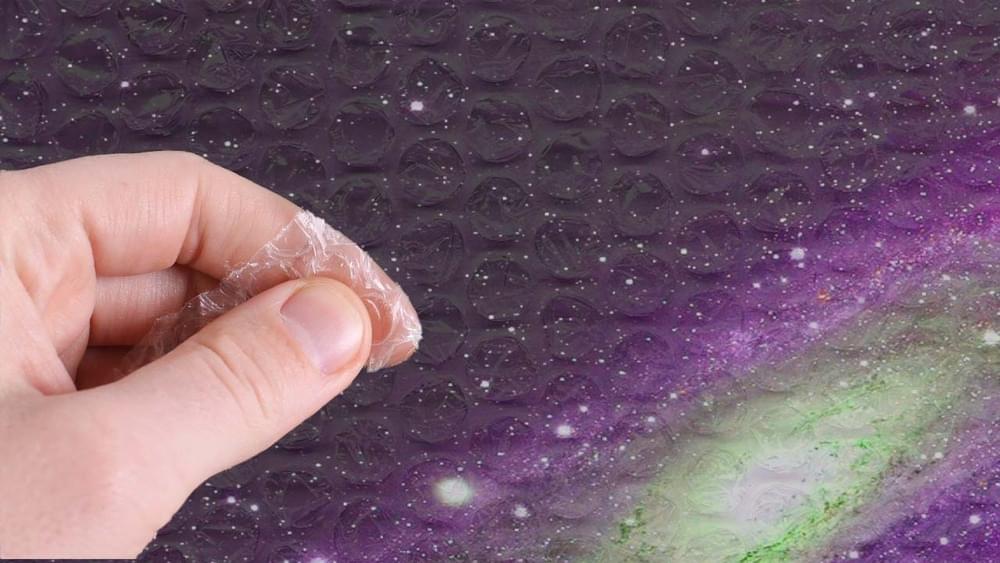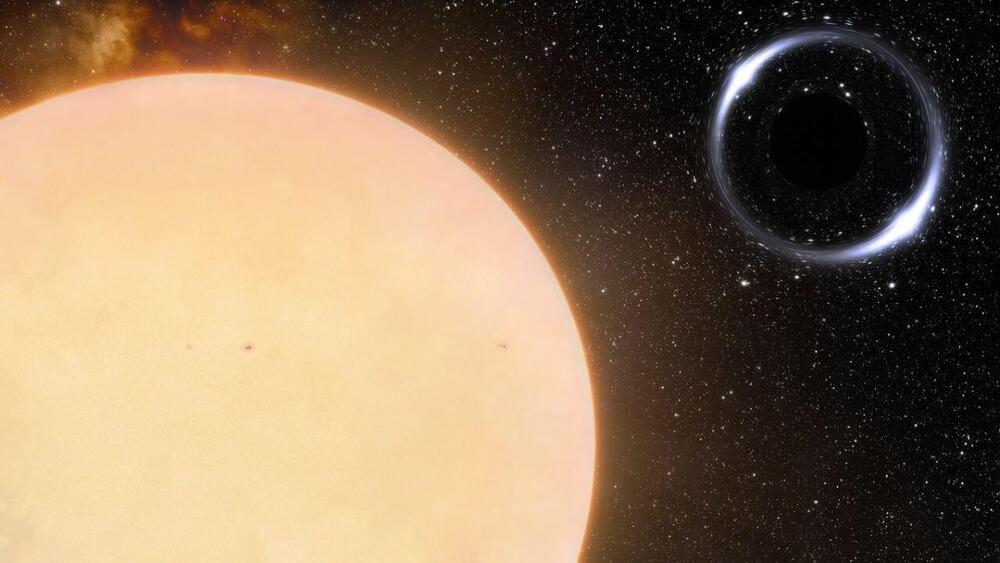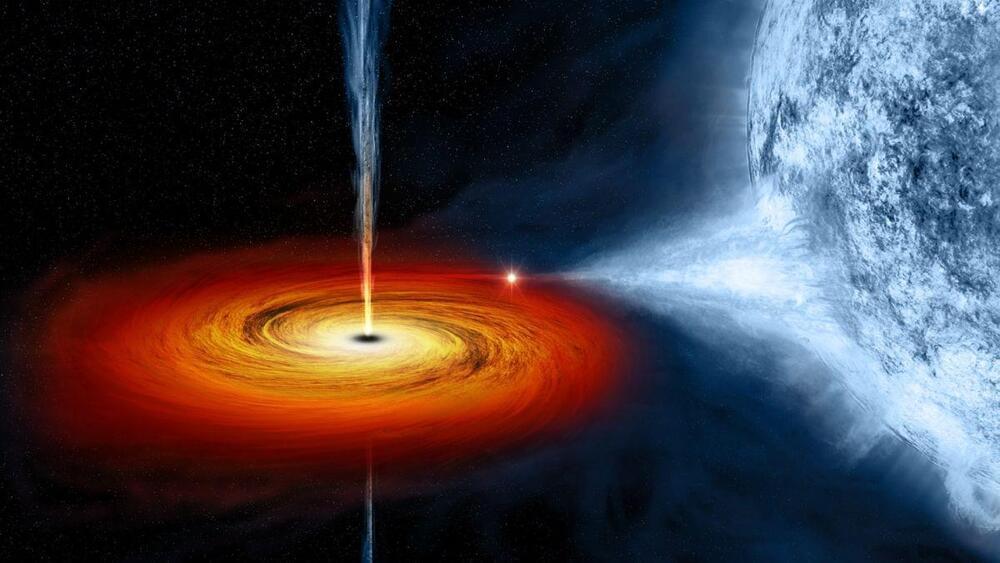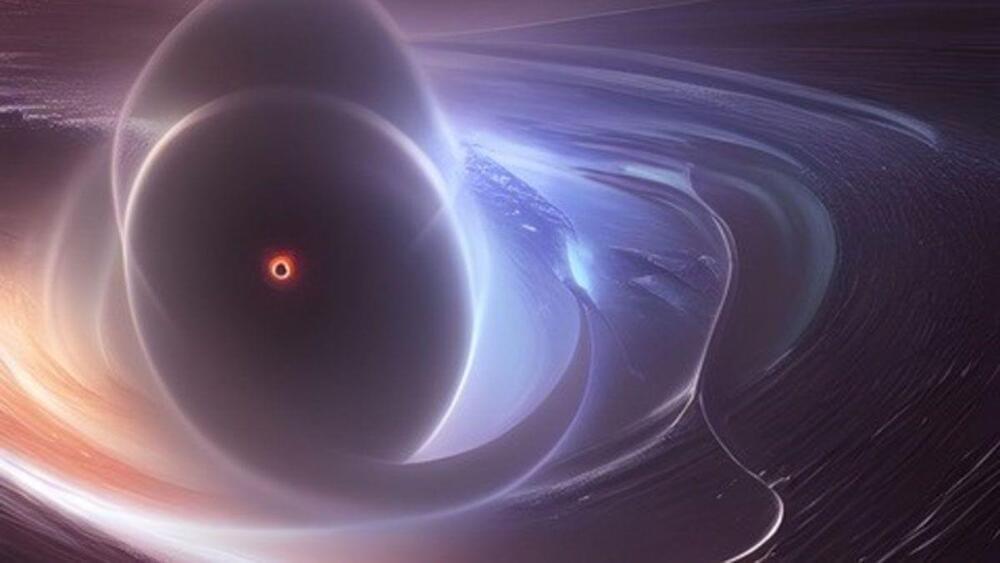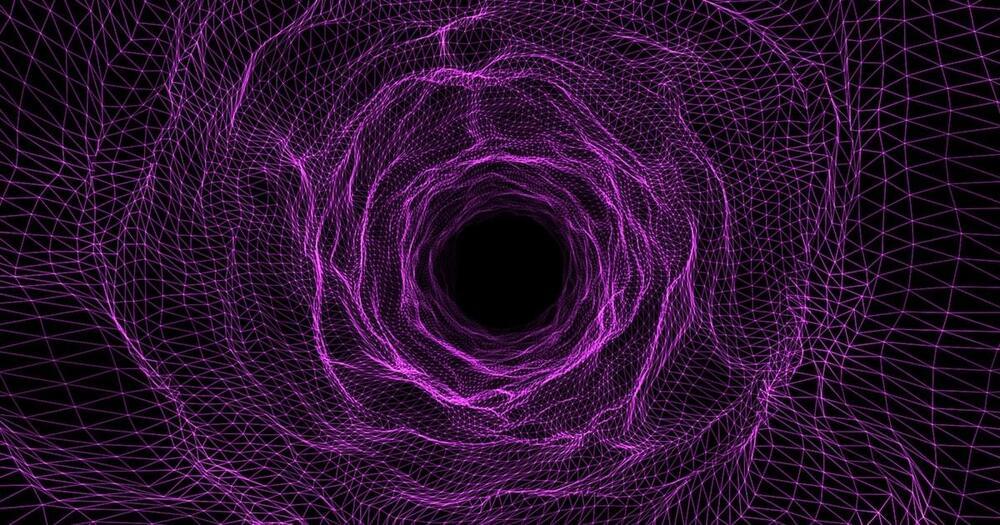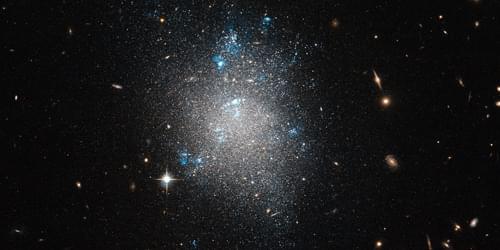What is driving the mulitverse theory? Are the multiverse stories only a sticky-plaster solution to the Big Bang theory problem? Leading thinkers Sabine Hossenfelder, Roger Penrose and Michio Kaku debate.
00:00 Introduction.
02:22 Michio Kaku | Multiverse theory has now dominating cosmology; it is unavoidable.
06:03 Sabine Hossenfelder | Believing in the multiverse is the logical equivalent to believing in God.
07:57 Roger Penrose | Universes are sequential and so are not independent worlds.
16:36 Theme 1 | Do scientifc theories need to be testable?
28:45 Theme 2 | Are tales of the multiverse solutions to the Big Bang theory in trouble?
42:49 Theme 3 | Will theories of the universe always be bound by untestable elements?
Multiverses are everywhere. Or at least the theory is. Everyone from physicists Stephen Hawking and Brian Greene to Marvel superheroes have shown their support for the idea. But critics argue that not only is the multiverse improbable, it is also fantasy and fundamentally unscientific as the theory can never be tested — a requirement that has defined science from its outset.
Should we reject the grand claims and leave multiverse theories to the pages of comic books? Are tales of the multiverse really sticking-plaster solutions for Big Bang theory in trouble? Or should we take multiverse theory as seriously as its proponents, and accept that modern science has moved beyond the bounds of experiment and into that of imagination?
#TheMultiverseFantasy #BigBangTheoryProblem #SpaceTimeContinuum.
Michio Kaku is the co-founder of string field theory and the author of several books including several New York Times best sellers such as ‘The God Equation: The Quest for a Theory of Everything became.’ He is also professor of theoretical physics in the City College of New York and CUNY Graduate Center.
